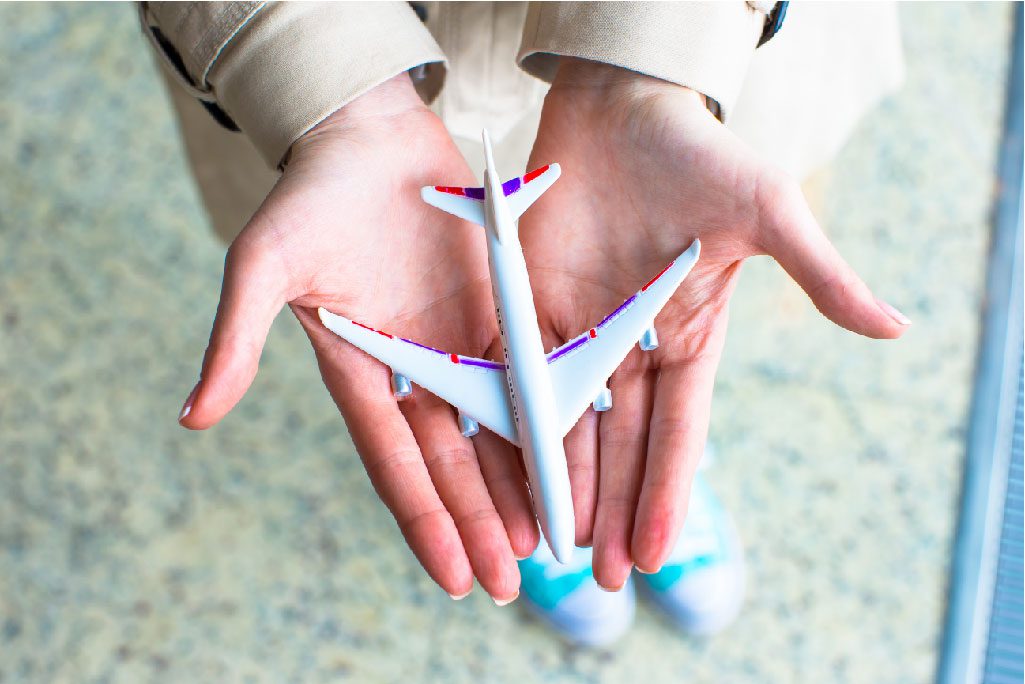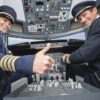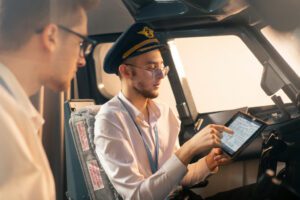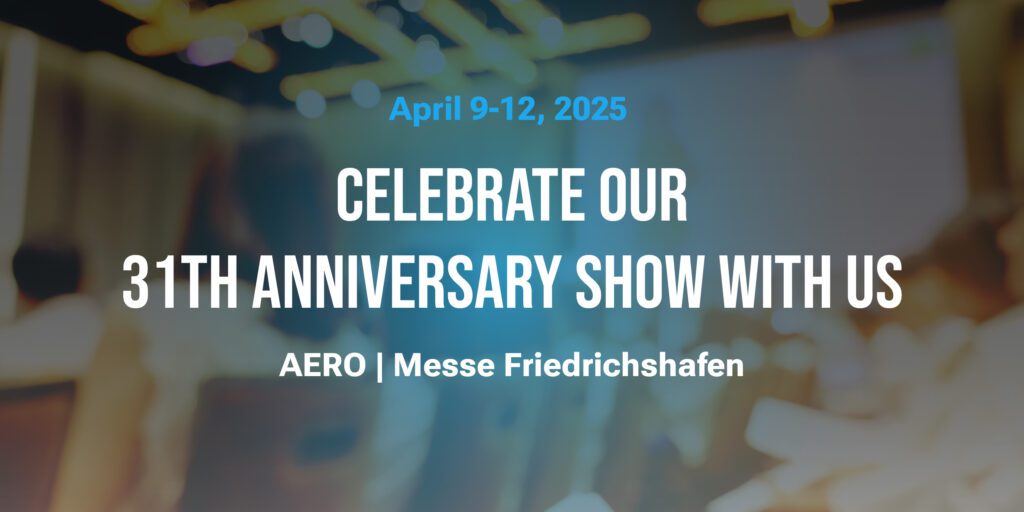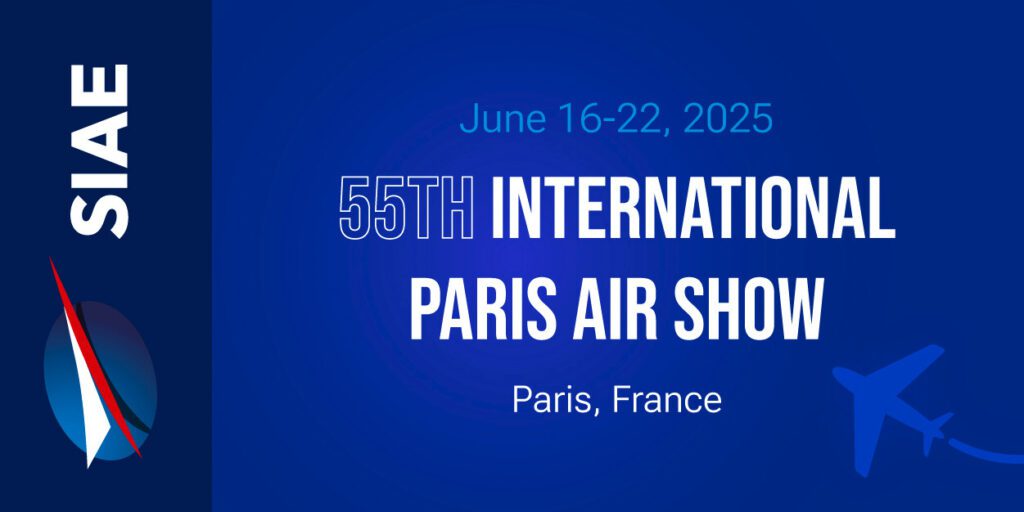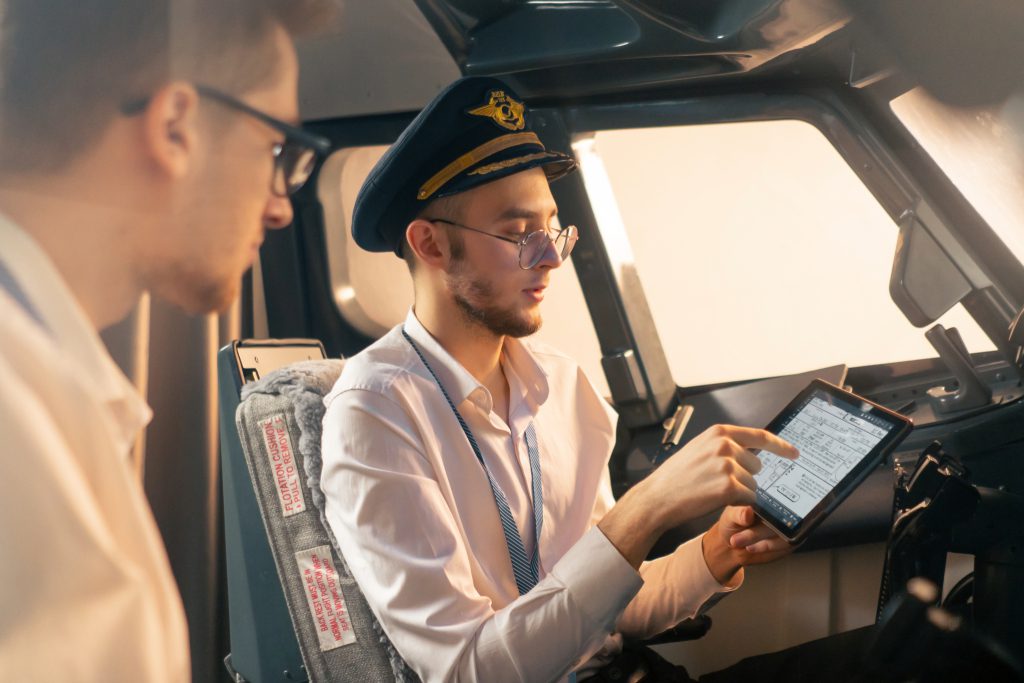Someone can achieve a wide range of pilot licenses and privileges in the aviation industry. Anyone wondering about an aviation career or anybody interested in flying should know the distinctions between the various sorts of pilot licenses. Aspiring airmen can choose their pilot license course and career paths more easily by understanding the types and rules. However, aspiring pilots must not forget that if they want a career as a pilot, they must complete the ppl training
What Is The Difference Between PPL and CPL? training?
PPL
A Private Pilot License (PPL) is the most popular pilot certification for hobby and leisure pilots. The ability to fly different aircraft, usually small, single-engine aircraft, for transporting passengers or personal reasons.
These flights are for non-commercial services, which means a Private Pilot License holder is prohibited from flying for hire or compensation. The pilot must complete many knowledge and practice tests. They also have to manage the hour requirement, which is at least 40 flying hours, and the minimum age limit is 17.
Private pilots are not allowed to use navigational aids other than visual flight regulations (VFR), which means they always have to keep visual contact with the ground. They also have regulations to abide by when transporting people, and they are limited to piloting aircraft with a maximum certificated takeoff weight of 12,500 pounds.
PPL owners can receive other endorsements, such as night visual flight regulations (NVFR), that allow them to fly at night.
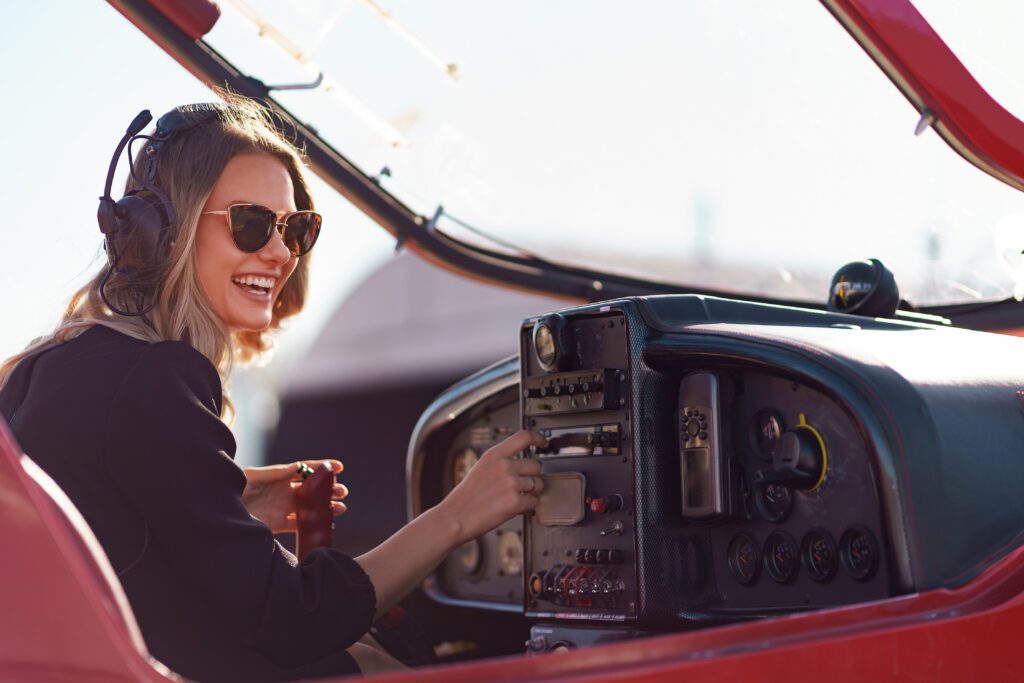
CPL
People with a Commercial Pilot Licence (CPL) can operate larger aircraft, such as multi-engine aircraft, helicopters, corporate jets, cargo flights, and charter aircraft. In contrast to private pilot credentials, Commercial Pilot License privileges permit a pilot to fly for pay or employment. These pilots frequently serve as flying instructors, airline employees, or character firms.
The upcoming commercial pilots must complete several knowledge and practice tests, the minimum flight time has to be 200 hours, and be at least eighteen years old to complete the Commercial Pilot Licence course. Commercial pilots have more responsibilities and more privileges than private pilots. For instance, they must fulfill increased medical fitness requirements, flying proficiency, and aeronautical knowledge. Since they need more flight hours and experience to obtain their license, commercial pilots must also maintain a higher standard of currency and training. They also have to follow the FAA’s more stringent guidelines and rules.
CPL holders can obtain additional endorsements, such as an instrument rating that enables flying in inclement weather. The holder of a multi-engine rating can operate an aircraft with numerous engines. A CPL holder has the additional option of training other pilots as a flight instructor.
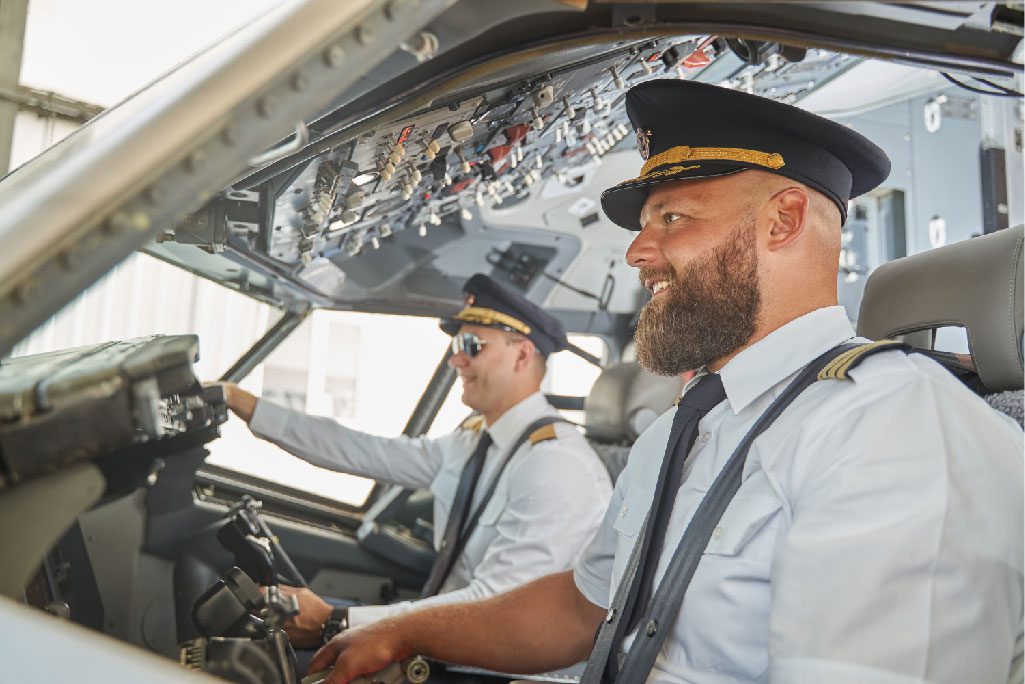
Comparison
The table summarizes the main distinctions between a PPL and a CPL. It highlights each license’s goal, benefits, pay, education, flight hour requirements, medical certification, knowledge, standards, and career pathways.
| Criteria | PPL (Private Pilot License) | CPL (Commercial Pilot License) |
| Purpose | personal flying | professional flying |
| Privileges | non-commercial flights | commercial flights |
| Compensation | basic pilot training | can receive compensation |
| Training | not allowed | rigorous professional training |
| Flight Hours | minimum requirement | higher requirements |
| Medical | class 2 medical certificate | class 1 medical certificate |
| Theory | basic theoretical knowledge | in-depth aviation knowledge |
| Eligibility | min. age: 17, medical fitness | min. age: 18, specific criteria |
| Career path | hobbyist or recreational | professional pilot career |
Select the license that matches your aspirations in aviation based on your aims. A Private Pilot License (PPL) is the best option if you want to fly for leisure and personal enjoyment. If your goal is to fly professionally for pay, a Commercial Pilot License (CPL) may be the better choice. Knowing these differences will make it easier for you to select the route that best fits your aspirations to fly.

